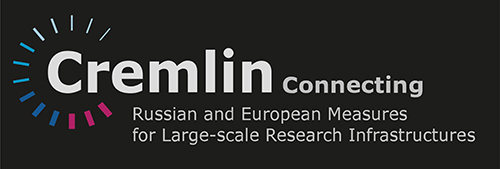Speaker
Description
Neutron single-crystal diffraction is the tool of choice to determine the accurate positions of hydrogen atoms in solids and the arrangements of magnetic moments. Since neutron fluxes are low compared to those available at synchrotron X-ray facilities, there has been a major effort to maximize the exploitation of the available scattering data. To achieve this much emphasis has been recently placed in the provision of large area detector systems. The best performing single crystal diffractometers , like D19 diffractometer at the ILL, being equipped with a 120º x 32º multiwire proportional counter provides very high data quality for crystallographic work in structural chemistry and physics. Slightly less precise single-crystal Laue method has been implemented by using large area of neutron-sensitive image plates on Koala (ANSTO) and using CDD camera on CYCLOPS (ILL). Finally the 5C1 diffractometer at the LLB which combines a large area detector and a hot polarized neutron beam shows an unprecedented efficiency in the measurement of spin densities. When constructing a large area diffractometer a special attention should be paid to the modern sample environment. This includes superconducting magnets, cryostats, 3He dilution inserts, photo -excitation devices. In the talk a review of all these various instrumental aspects will be given.

